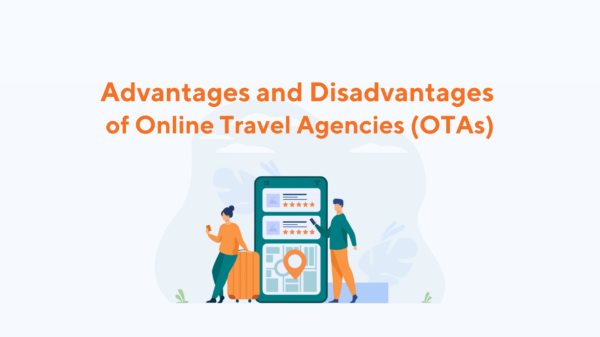Tour costing and pricing is one of the most important things to get right, especially for new tour operators. Even experienced operators with established pricing strategies can’t rest on their laurels, and need to review and tweak their pricing according to changing market and business conditions.

In recent years, tour companies have had to scramble to adapt multiple parts of their business, including pricing, to a new world–first with COVID-19, and then with rapidly rising inflation. Adjusting your prices can seem overwhelming, but it doesn’t have to be. Here are some important things to consider when pricing your tours and activities.
The importance of pricing objectives
As with all parts of your business strategy, setting prices takes a lot of thought. You could, for example, aim to establish a name as the go-to budget operator for a particular destination, but you don’t want to price so low that you struggle to make a profit—or even stay in business. And what about travelers’ perception of your brand? Go too cheap and you may put some people off. On the flip side, go too far down the premium pricing route and you risk putting your tours out of reach for a lot of travelers and not generating enough business.
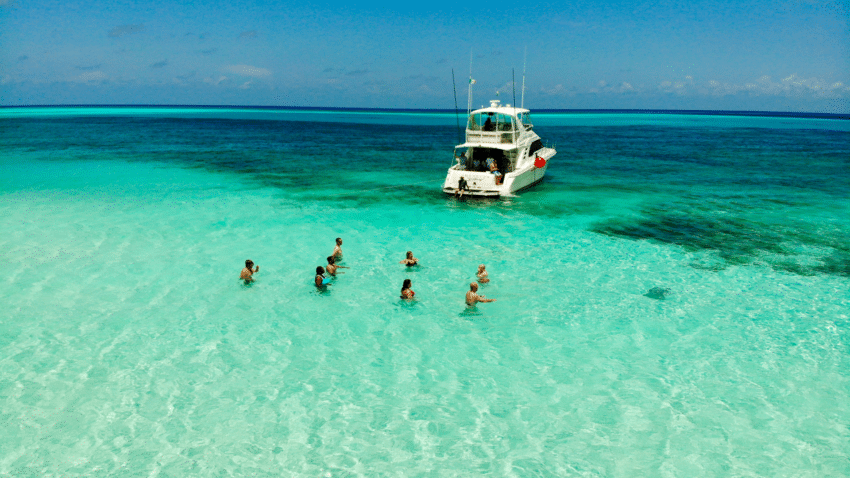
To get your tour pricing right, it’s important to do some thorough research, know your audience and market inside out, undertake a lot of number crunching, and ideally do some testing.
The first step is to consider your goals or, in this case, your pricing objectives. Once you know these, you can make clear-headed, informed pricing strategy decisions. Otherwise you’re just throwing out some numbers and hoping for the best. Consider the following common tour pricing objectives:

Retain customers: Do you want to build a loyal, long-term customer base? Typically, this means fairly consistent pricing so you don’t upset existing customers with out-of-the-blue price raises.
Differentiate your brand: Pricing is one way to stand out from the competition—either pricing lower to be the go-to budget tour operator or pricing higher to be known as a premium option in the market. Alternatively you could take a price-matching approach and aim to stand out in other ways.
Make more profits: You’re obviously in business to be as successful as possible. Maximizing profits typically involves keeping your costs as low as possible and your prices as high as possible, as well as by selling as many tours as possible. All of this requires thoughtful pricing.
Maximize sales: Another common objective is to sell as many tours as possible. Do you price low to corner the market? Do you adjust your pricing at different times in different markets to keep sales high?
Maintain your brand image: Pricing also affects branding. There’s a big difference in how a brand is perceived if they price low or high. How do you want your brand to be seen?
Your pricing objectives should align with your broader business objectives, your stage and place in the market—e.g. a new or established name—and your financial circumstances.
4 key pricing considerations
Once you know your objectives, you need to consider the various factors that go into tour pricing. Here are some of the main things to focus on when setting prices for your tours and activities:
1. Know your costs

You simply can’t consider pricing without considering operating costs. The two work together like a fine wine paired with the perfect cheese. Knowing your costs helps you establish a minimum price starting point—your break-even point—capable of at least keeping you in business. Your costs can be put into two broad categories:
Fixed costs: Rent, utility bills, staff salaries, and equipment and software maintenance or operation are all examples of fixed costs. These are predictable expenses.
Variable costs: These include less predictable costs. For tour operators, these often depend on how many tours and activities you sell and what they are. For example, you may need to hire more guides one season to cope with an increase in demand. Other costs to consider include commissions, staff training, and marketing.
Ideally, you want to figure out a per-tour and per-activity cost to help you price your tours and activities appropriately. This pricing method is known as cost-based pricing. It’s perhaps the simplest strategy. When you know your per-tour and per-activity cost, you can mark up (or down) as needed according to your overall pricing objectives, and in a way that helps you reach your revenue targets.
2. Know your value
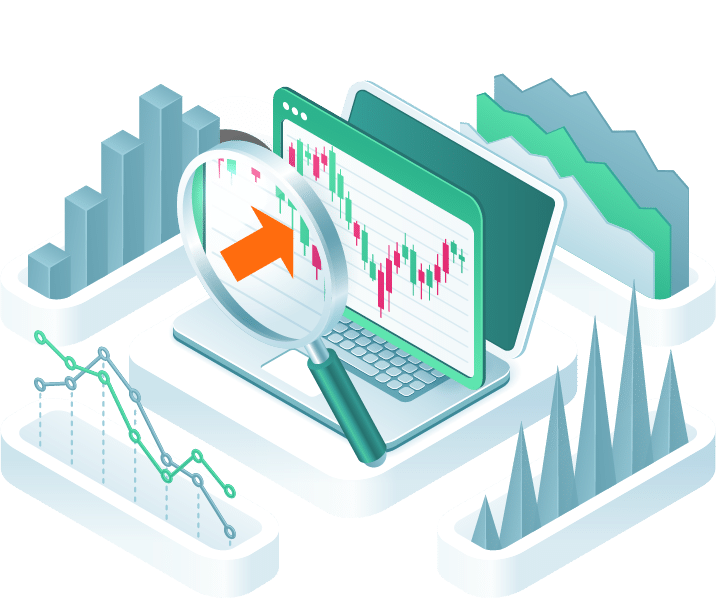
Every tour you sell has a particular value to your customers. They are buying an experience rather than a product, so a tour that has a very high perceived value—for example a once-in-a- lifetime experience—can have a higher price.
You can add value to your tours by offering specific services that may not add too much to your costs but have a high perceived value to your customers. For example, including meals or hotel transfers, etc.
Travelers value different things. Some might place a lot of value in an all-inclusive package to a highly popular resort, while others may place great value on doing something different and unique. You should aim to price your tours and activities accordingly. Knowing your target audience is a key part of this.
3. Know your competition

Who is your competition and how do they price their tours? You almost certainly have competitors who offer similar tours or operate in the same locations. Even if you have few or no direct competitors, you are still competing with the many other things people have to spend their travel budget on.
Knowing how your competition prices their tours, and what value they offer, will help you establish a benchmark price so you can position your tours appropriately. If travelers are used to paying a certain amount for a particular type of tour—the market rate—you need to know what that is so you can then price higher or lower depending on what you offer compared to your competitors.
This is some of the most important research you can carry out, so take your time with a deep dive into your competition:
- Who is the premium operator in your space?
- Who is the budget option?
- What do their customers get for their money?
- Where do they sell their tours?
- What reviews do they get (a great way to see if customers feel they are getting value for money)?
4. Know your market
As well as knowing the market rate for tours and activities, you need to know the demand within your market. If there is high demand, you may be able to charge higher prices and focus on adding value. If demand is low for some reason, e.g. it’s a new type of activity that hasn’t taken off yet or there has been a change in market conditions that reduced demand, then your price can reflect that lower demand, and then rise as demand increases.
Adapting pricing to market conditions is known as market-based pricing. The key is to constantly monitor your market, including what people want and what they’re willing to pay for—and how much they’re willing to pay—as well as your competition, inflation, and other timely factors.
This pricing model includes seasonal pricing, dynamic pricing (which we look at below), and last-minute pricing and discounts.
Pricing integrity when pricing tours and activities
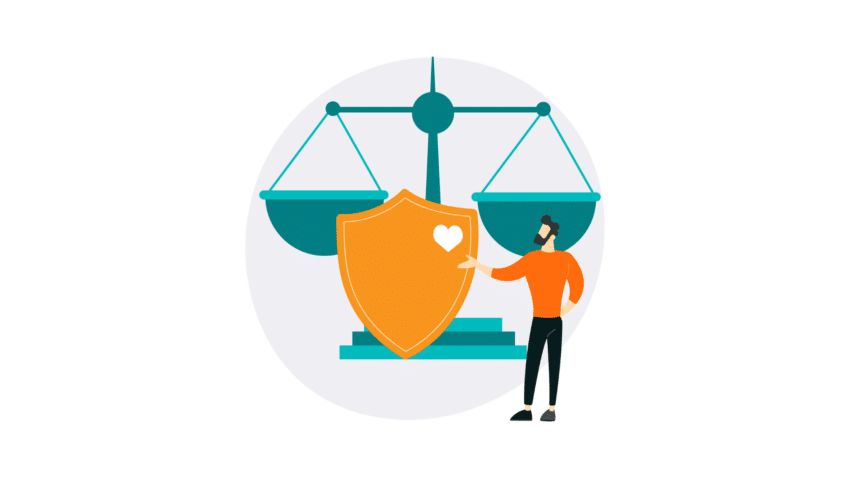
Almost all travelers are price-conscious to some degree. No one wants to feel like they’re paying too much for something. And everyone loves to feel like they’re getting a good deal.
This is where “pricing integrity” comes into play. The more common definition of pricing integrity from a tour operator’s perspective is how fair, transparent, and consistent your pricing is. As mentioned earlier, you don’t want to surprise customers with sudden and drastic price increases. And you don’t want to offer some customer groups a huge discount while others pay full whack.
Making sure your pricing is fair and consistent for all of your customers, and giving them full transparency, ie. no hidden and unexpected costs while or after booking, is very important for your brand. This is especially important in a post-COVID world, where customers increasingly want to deal with brands they can trust and rely on—especially over the long-term.
Another definition of “integrity” is to describe something that is structurally sound. This can also apply to your pricing strategy. A sound, sustainable pricing strategy can be the solid foundation on which your business success is built.
Dynamic pricing for tour operators
Dynamic pricing is a market-based pricing strategy that is very common in the travel and tourism industry, and one that is increasingly accepted by consumers.
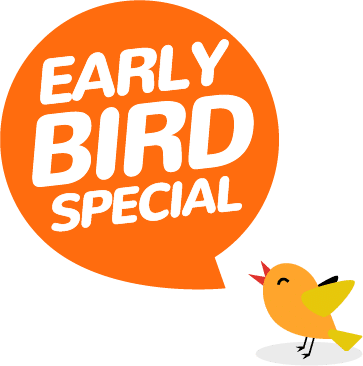
If you’ve ever noticed how airline ticket prices change depending on when a ticket is booked, or when ski hill passes change price the nearer you get to the day you want to ski, you’ve seen dynamic pricing in action.
Dynamic pricing has been used in the travel industry for years, and it’s also common in the entertainment, retail, sports, and other sectors. It enables you to adjust your pricing based on a variety of factors in order to fill more seats, increase profits, and even offer your customers incentives for early booking.
Dynamic pricing is a way for tour operators to maintain price integrity, by rewarding customers who book early or showing that you can adapt to their changing needs, while also adapting to changing market conditions.
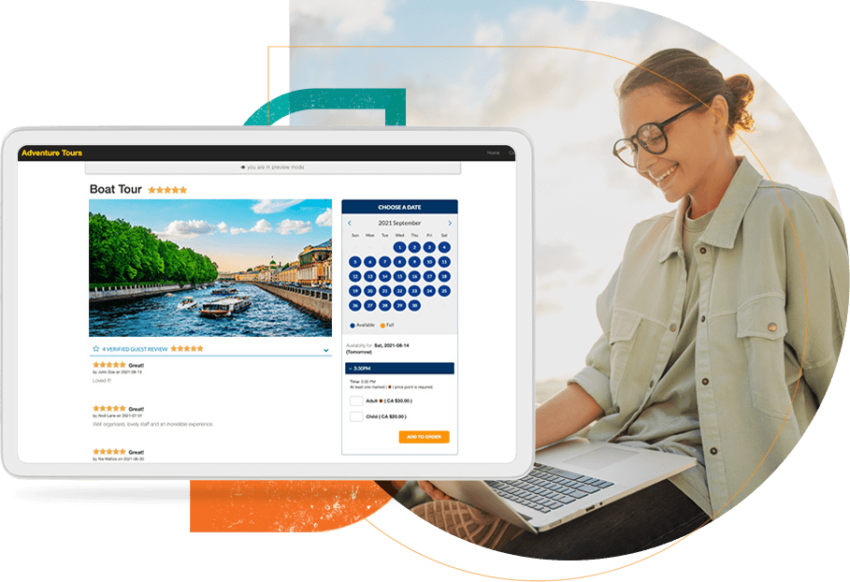
To succeed with dynamic pricing, you need adaptable online booking software. Rezgo provides a rules-based pricing system that enables you to set up automated pricing adjustments based on a variety of factors, such as date, remaining capacity, early birds, and promo codes, so you can offer the right pricing for every situation.
Developing the right pricing strategy, or combination of strategies, is a crucial part of running a tour operator business. Be aware though that even when you settle on a pricing strategy, it’s never really settled, just like how your website is never really finished. You need to always keep a close eye on your market and competitors, and make tweaks and improvements to make it work better for you.
Search The Blog
Categories
Most Popular Articles
- 16 Innovative Tourism Business Ideas and Trends for 2025
- Your Marketing Mix: the 7 Ps of Travel and Tourism Marketing
- How to Create a Business Plan for Your Tour or Travel Company
- A Guide to Branding in the Travel and Tourism Industry
- Smart Strategies: How AI in Tourism Can Transform Marketing and Customer Service





